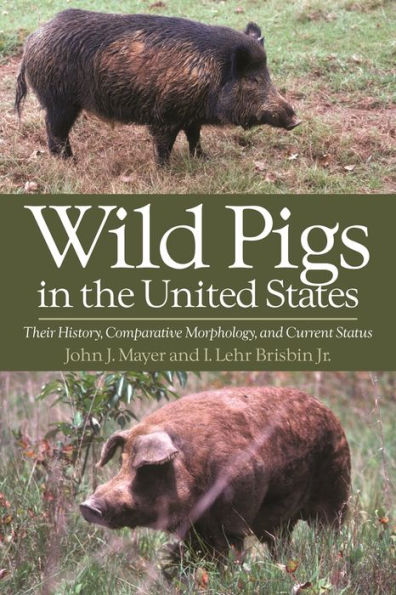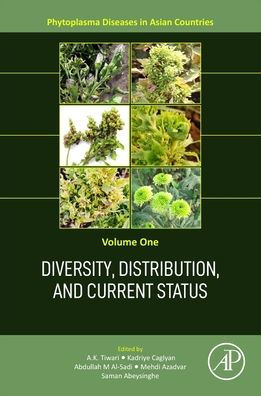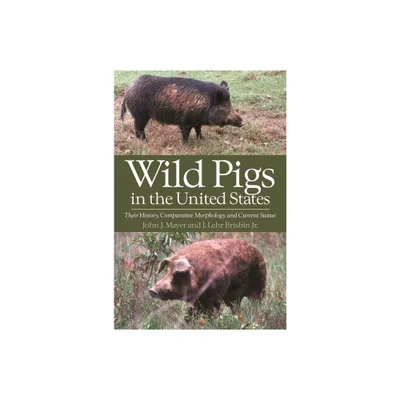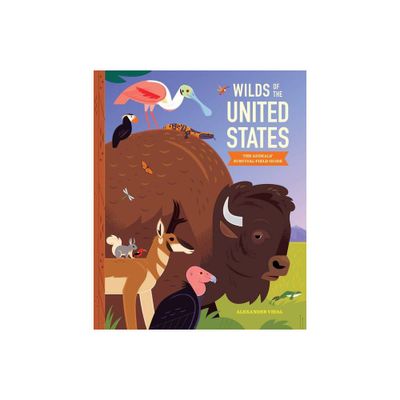Home
Wild Pigs in the United States: Their History, Comparative Morphology, and Current Status
Loading Inventory...
Barnes and Noble
Wild Pigs in the United States: Their History, Comparative Morphology, and Current Status
Current price: $34.95


Barnes and Noble
Wild Pigs in the United States: Their History, Comparative Morphology, and Current Status
Current price: $34.95
Loading Inventory...
Size: OS
*Product Information may vary - to confirm product availability, pricing, and additional information please contact Barnes and Noble
With an estimated population of at least 500,000 distributed across nineteen states, the wild-living pig (
Sus scrofa
) is the most abundant free-ranging introduced ungulate in the United States. Until now, however, little has been known about the wild pig on a national scale, despite its abundance and significance as both a pest and a game animal. Whereas previous studies have been regional in scope,
Wild Pigs in the United States
is the most comprehensive work available on wild pig history, current status, comparative morphology, and other subjects important to the species' management and control.
The information in this volume relates to the country's three prevalent wild pig types: the introduced Eurasian wild boar, the feral (once domestic, now wild) hog, and hybrids of the two. The first section of the book presents a history of wild pigs in this country-their origins; when, where, and by whom they were first introduced; and their subsequent dispersal.
John J. Mayer and I. Lehr Brisbin, Jr. then develop specific criteria, based on taxonomic principles, for differentiating between the wild pig types. Employing numerous illustrations, graphs, and tables, they analyze and compare morphometric and discrete characters of the skull, external body dimensions and proportions, coat colorations patterns, and hair structure and form.
A report on the status of wild pig populations in the United States (as of 1991) completes the volume. To profile the present ranges, habitats, and morphotypic makeups of wild pigs, the authors conducted two national surveys—in 1981 and 1988—among private individuals and federal and state personnel. Their report is also based on other recent wild pig studies and additional information from survey respondents. The book's reference section is particularly valuable, for its lists all sources consulted as well as the names and addresses of authorities the authors interviewed or with whom they corresponded.
Aided by the book's wealth of current data, biologists and wildlife managers can make informed decisions about such issues as state versus private ownership of wild pig populations and the status of wild pigs as pests or game animals. In addition, hunters and sportsmen, zoologists, and even specialized historians and archaeologists will find
useful and informative.
Sus scrofa
) is the most abundant free-ranging introduced ungulate in the United States. Until now, however, little has been known about the wild pig on a national scale, despite its abundance and significance as both a pest and a game animal. Whereas previous studies have been regional in scope,
Wild Pigs in the United States
is the most comprehensive work available on wild pig history, current status, comparative morphology, and other subjects important to the species' management and control.
The information in this volume relates to the country's three prevalent wild pig types: the introduced Eurasian wild boar, the feral (once domestic, now wild) hog, and hybrids of the two. The first section of the book presents a history of wild pigs in this country-their origins; when, where, and by whom they were first introduced; and their subsequent dispersal.
John J. Mayer and I. Lehr Brisbin, Jr. then develop specific criteria, based on taxonomic principles, for differentiating between the wild pig types. Employing numerous illustrations, graphs, and tables, they analyze and compare morphometric and discrete characters of the skull, external body dimensions and proportions, coat colorations patterns, and hair structure and form.
A report on the status of wild pig populations in the United States (as of 1991) completes the volume. To profile the present ranges, habitats, and morphotypic makeups of wild pigs, the authors conducted two national surveys—in 1981 and 1988—among private individuals and federal and state personnel. Their report is also based on other recent wild pig studies and additional information from survey respondents. The book's reference section is particularly valuable, for its lists all sources consulted as well as the names and addresses of authorities the authors interviewed or with whom they corresponded.
Aided by the book's wealth of current data, biologists and wildlife managers can make informed decisions about such issues as state versus private ownership of wild pig populations and the status of wild pigs as pests or game animals. In addition, hunters and sportsmen, zoologists, and even specialized historians and archaeologists will find
useful and informative.

















